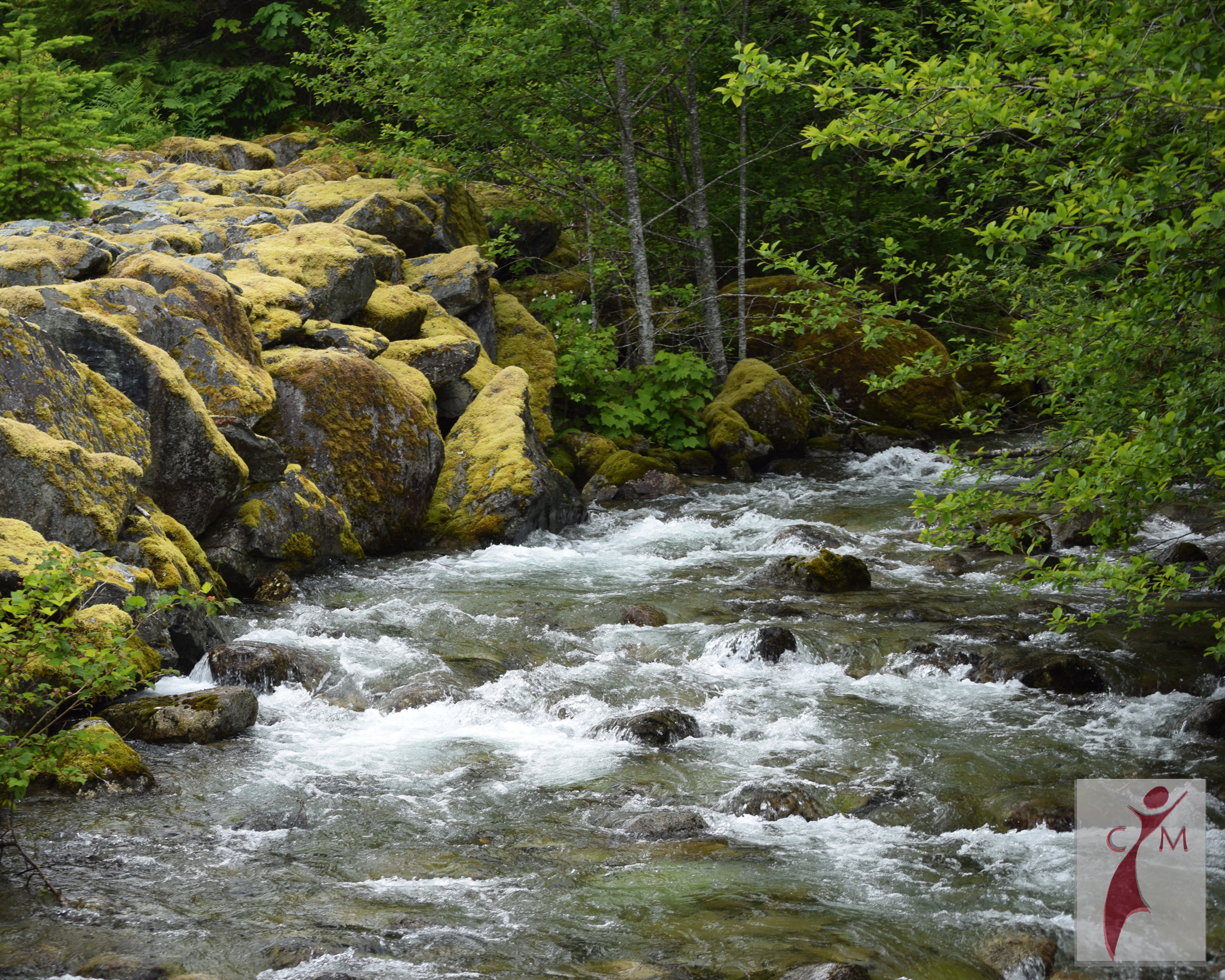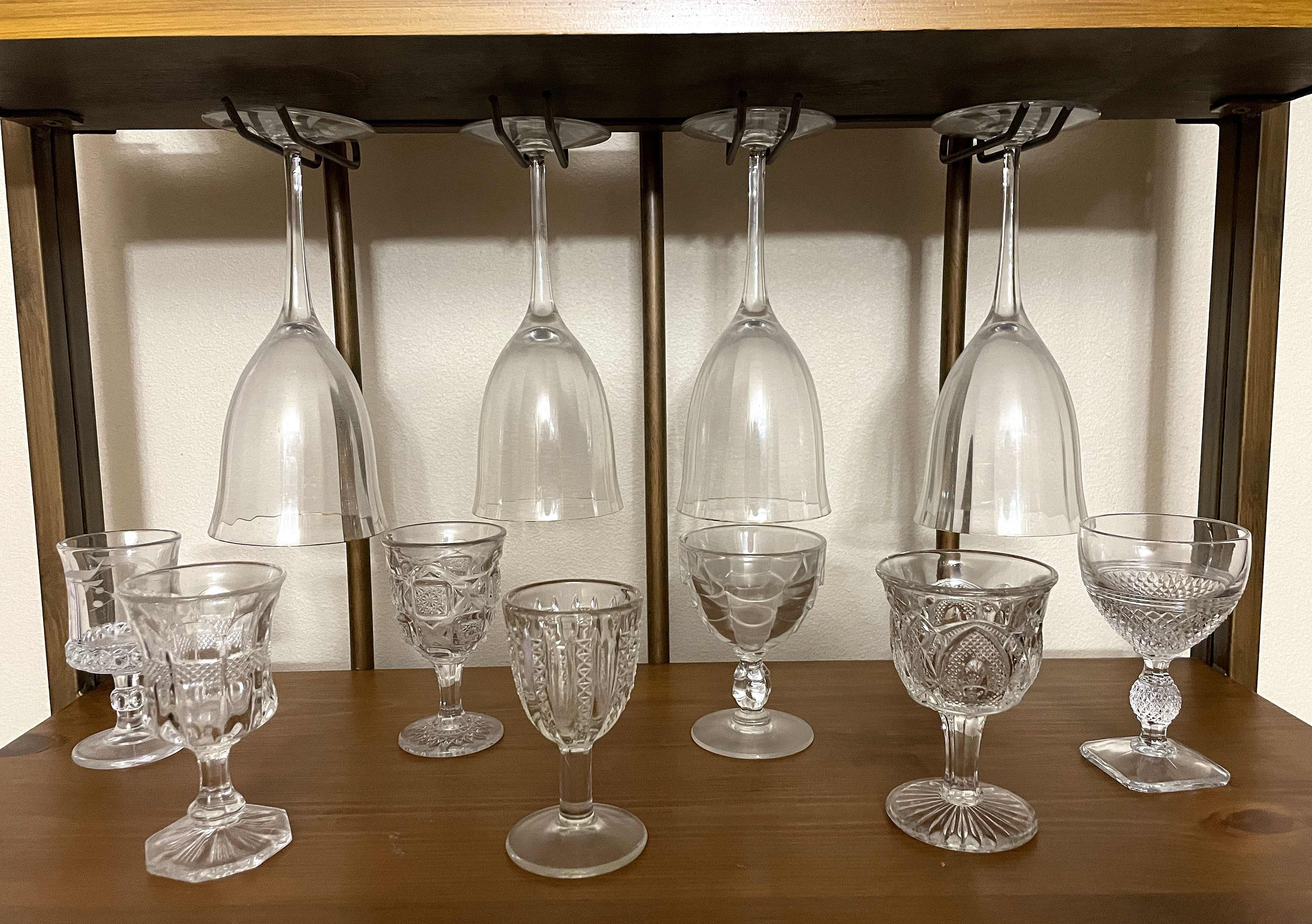I think people fall into one of two categories naturally. Oh sure, people can change. People can even change back and forth. But we all have a fall back type we are most comfortable with. I think people are either hunters or gatherers. I’m not talking about actually hunting (although I am not opposed if you want to hunt for food.) I’m not even really talking about food (although I think the way we eat is the way we do everything in life- but that is for another post). I am talking about life in general and problem solving in particular. By nature, I am a hunter. I see a problem. I hunt the problem down to the exclusion of all other things. I (metaphorically) kill the problem, cook the problem, and eat the problem. Then I move on to the next problem. I want to be more of a gatherer. I know how to be a gatherer. I even apply gathering skills appropriately. Though I sometimes wish it were, gathering is just not my natural style. I have always been very focused. I have often had jobs where there is an overwhelming amount of complex or critical work that has to get done in a short amount of time. In the end, I guess the nature or nurture question really doesn’t matter. As Popeye says, “I yam what I yam”.
The challenge for a hunter is that absolute focus, while a gift in many cases, can mean you risk missing the bigger picture. Take this first photo, Mossy Rock, for example. The background is obscured. You don’t really know how large the rocks are because there is nothing to compare them to. You see the contrast in textures between the rock and moss. There is certainly beauty in the details. But the story is limited to just what is in front of you.

Mossy Rock
(1/125 sec., f/5.6, 200 mm, 200 ISO)
But if you move back a bit and take in the greater scene, you start to see the magnitude of the rocks and the rich variation in colors and textures that you might have missed in the first picture. In the second picture, Mossy Boulders, you can see that there is a field of these boulders. Though you can’t see beyond them, you can see that they vary in shape and size. The moss is like a tattered blanket on their surface. But we are still missing a lot of what is going on here. If we just step back a little further, we can see the whole picture.

Mossy Boulders
(1/60 sec., f/8, 200 mm, 200 ISO)
The rocks form the bank of a river cutting through an evergreen forest. Though they are immense, they are not most powerful force in the picture, Mossy River. The river is. It rushes by effortlessly sculpting the rocks in its wake. It is responsible for the lush green foliage and the dense blanket of moss. It may even have been responsible for depositing the rocks there. There is motion here you couldn’t see in the first two pictures. The whole sense of the scene changes from heavy, immovable and monotone to light, dynamic and symphonic.

Mossy River
(1/160 sec., f/5.6, 55 mm, 200 ISO)
As in photography, so in life. Even though I am a hunter by nature, I have learned to step back. I have learned that focus is a gift in much of my life, but looking upward and outward gives me a better perspective to see what is really going on. While focus helps me to see the intricate details, stepping back helps me to see complex connections. Stepping back helps me to see the river for the rocks.






Leave a Reply